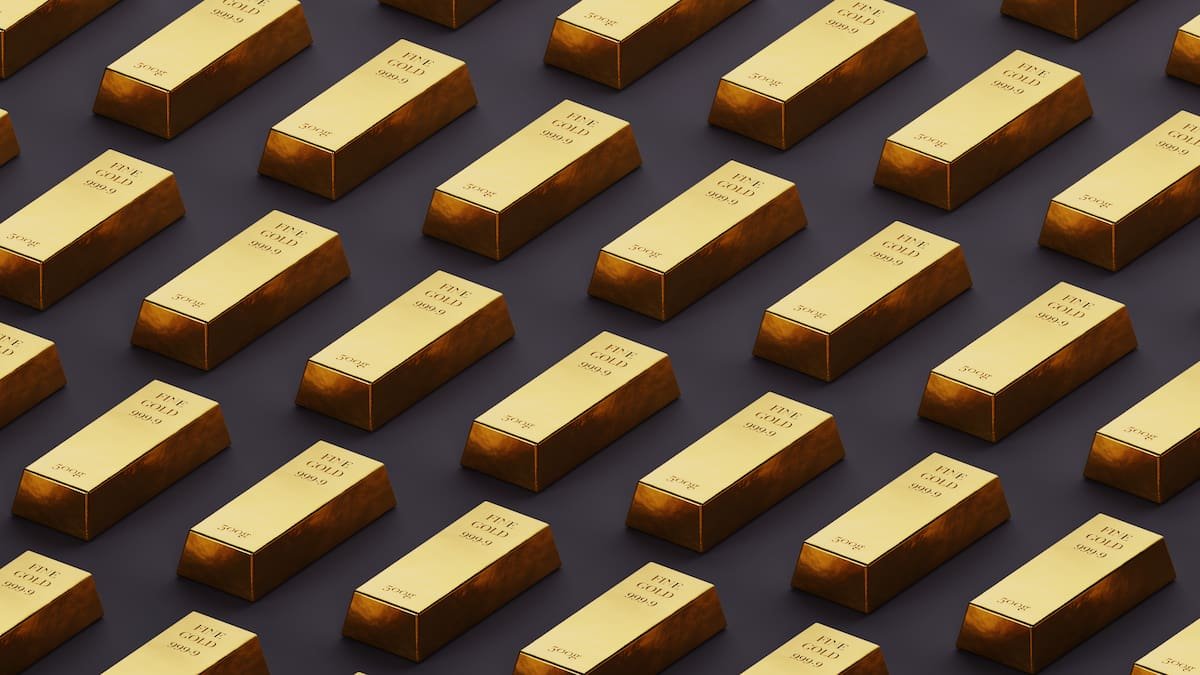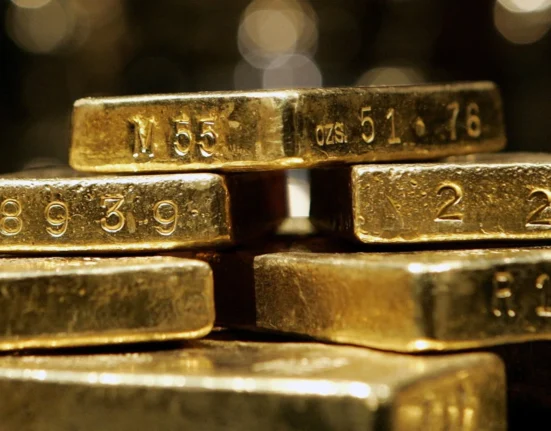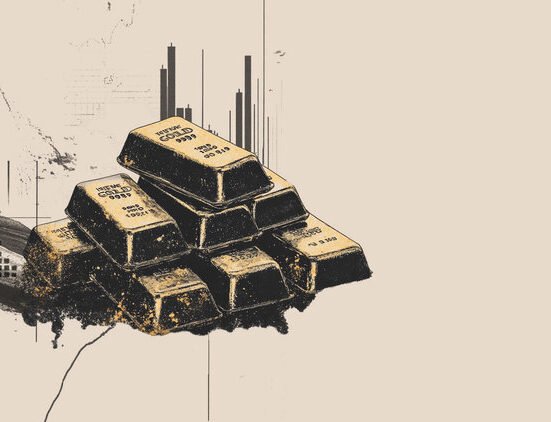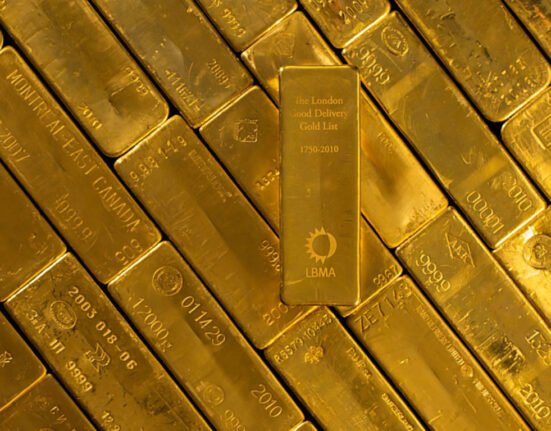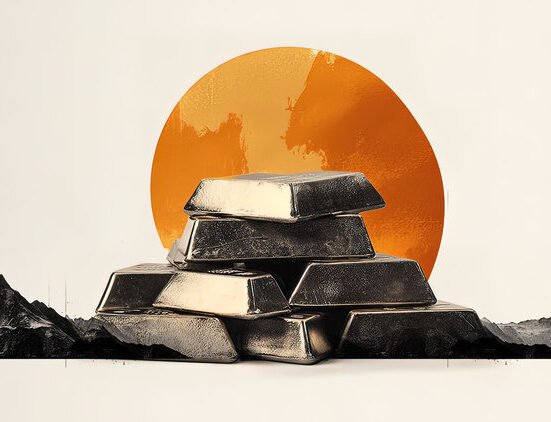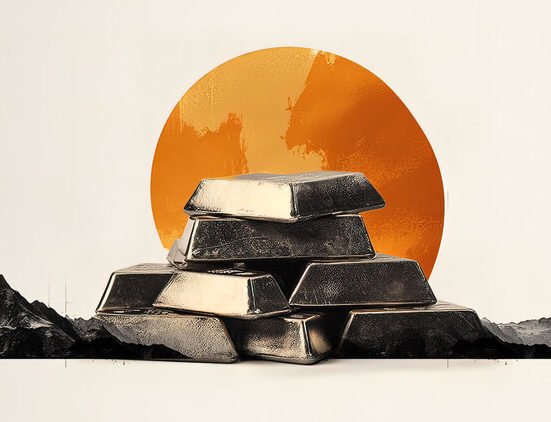David Kirk: The return from gold depends heavily on the investment period. Photo / Getty Images
Online only
Former All Black captain David Kirk, now chair of Rugby New Zealand, joins Listener.co.nz taking a conversational look at money, finances and investing. The co-founder and chairman of Bailador Technology Investments, Kirk sits on a number of other boards including investee companies of Bailador and charitable organisations.
In
the interests of family financial survival, my great, great-grandfather on my father’s side left school at 11 and took a job as a piecer in the Tillicoultry woollen mills 35 miles northwest of Edinburgh. A piecer’s job was to quickly mend the broken threads on a running 64-thread wool-spinning billy. After service in Crimea and India with the Gordon Highlanders, he was faced with a return to the woollen mills before discovering there was a place on the other side of the world just as cold and miserable and small and wet as Tillicoultry. He emigrated to Dunedin.
As soon as he arrived in Dunedin, he set out for Waitahuna and the famed Gabriel’s Gully gold fields. He was four years late. The gold was well gone by 1870. Undeterred, he packed up and moved to Hokitika and the West Coast goldfields. He was only ever what they called at the time a “tucker miner”, someone who earned enough from mining gold to feed themselves, but my great, great-grandfather Alexander Kirk is my family connection to the glamour and heartbreak of gold.
The allure of gold arises from its physical characteristics. Its colour, its malleability – an ounce of gold can be drawn into an 80km-long wire or beaten into a 28 square metre sheet – its density, and its imperviousness to oxidation. Combine that with scarcity and you have a natural choice for jewellery, coins and bars locked way in vaults. Gold really is scarce. The total amount of gold mined in human history would fit in a cube the length, width and height of what was called “the 22” for most of my playing career. All the gold ever discovered in New Zealand would make a cube with 3.7 metre sides.
But what sort of an investment is gold?
There are three major investment classes: productive assets, such as businesses, farms, and property that deliver a running return; financial instruments such as bonds (a fancy word for loans), currencies, other “paper” investments that also provide interest and other payments; and third, non-productive assets, whose value is solely determined by capital value and therefore, supply and demand.
Gold is a non-productive asset and falls into the same category as art, stamps and original release Air Jordans. Gold doesn’t pay a dividend, or an interest rate and it doesn’t retain and compound earnings as a productive asset does. An ounce of gold today is an ounce of gold tomorrow and next year and 20 years from now. The investment return delivered by gold therefore depends entirely on supply and demand, and most particularly on demand. Supply keeps ticking up at about 3,500 tonnes or 3% a year. Global demand for gold is more volatile. In uncertain times demand rises and in periods of strong and stable economic growth the demand for gold wanes. Hence the investment return from gold depends heavily on the period considered.
There is a good deal of political and financial uncertainty in the world today, and unsurprisingly the price of gold is at or near a record high. Gold is a haven in uncertainty because it satisfies an emotional need for something unchanging in changing times. Gold has been around since the Earth condensed out of the dust clouds of the early universe and will exist for as long as the Earth remains.
Gold has two other important investment benefits: it’s an investment that is simple to understand – no one needs an advisor to buy gold; and, like other real assets, it is a (partial) hedge against inflation.
Gold is an enigma. On the one had it is beautiful, and associated with all sorts of success, as in golden anniversary, gold standard, gold medal and my personal favourite, good as gold. Good as gold is now a metaphor but the phrase started life as a physical relation. As recently as the 19th century, paper money – subject to counterfeit and debasement by printing (a practice still rife today of course) – was held by the holder to be “good as gold”, in other words, equal in the value of a particular weight or coin of gold.
On the other hand, gold has been the cause of a great deal of human misery. Worshipping the golden calf did not turn out well for the Israelites when Moses came back, the Conquistadors pillaged South America for gold, and “gold fever” has led to a great deal more despair than delight.
Let’s give the wise polymath John Ruskin the final say. Ruskin rejoiced at the beauty of gold in architecture and artefacts but cautioned us well in his little homily about the man who, as his sailing ship foundered in a storm, rushed to his cabin. There he strapped his gold around his waist and jumped overboard, promptly sinking to the bottom of the ocean. Now, says Ruskin, “Did he have the gold, or did the gold have him?”

